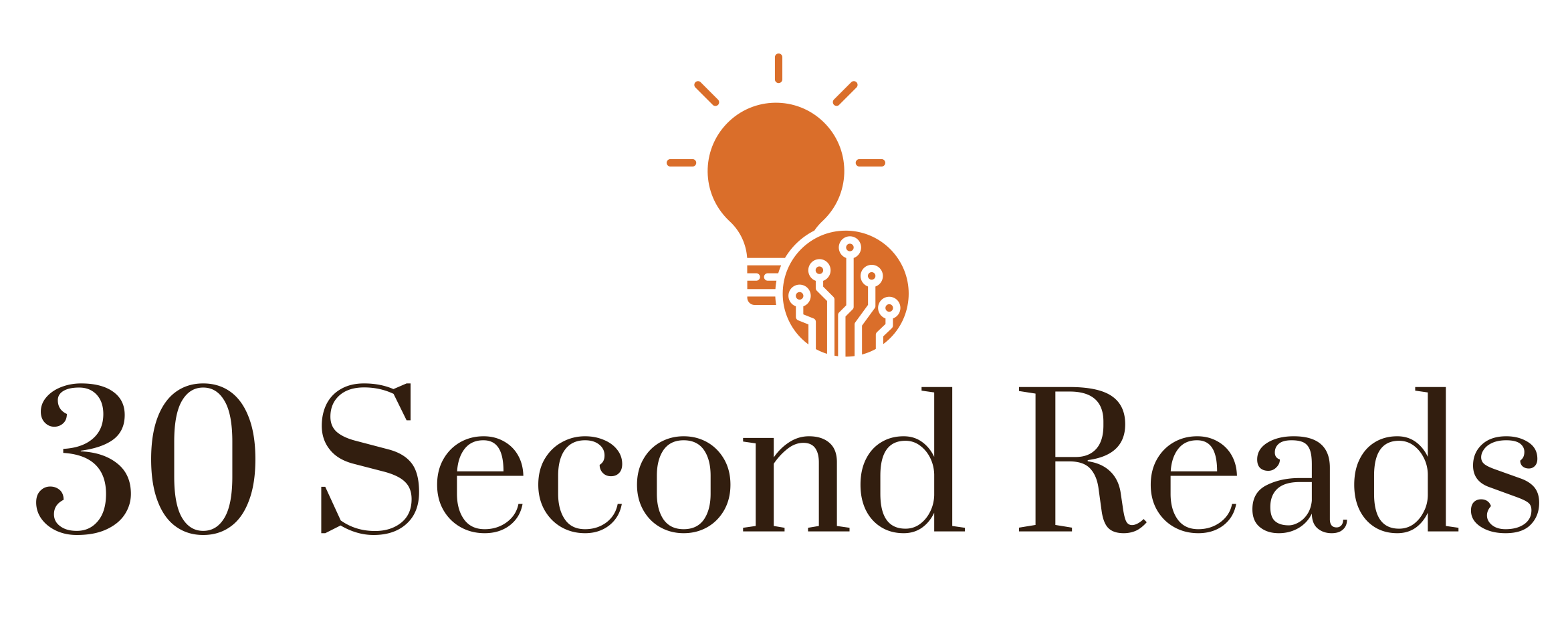Accessibility in education is crucial for ensuring that all students have equal opportunities to succeed. In today’s digital age, access to learning resources has become even more critical as technology plays a significant role in the learning process. This article explores why accessible learning resources are essential for student success and how educators can ensure that all students have the tools they need to thrive.
Why Accessible Learning Resources Matter
Accessible learning resources are essential for student success for several reasons:
- Equal Opportunities: Accessible resources ensure that all students, including those with disabilities, have equal opportunities to learn and succeed.
- Improved Learning Outcomes: When students have access to materials that suit their individual needs, they are more likely to achieve better learning outcomes.
- Engagement: Accessible resources can help increase student engagement and participation in the learning process.
- Diversity and Inclusion: By providing accessible resources, educators can create a more inclusive learning environment that celebrates diversity.
Real-World Examples
One example of the importance of accessible learning resources is the use of screen readers for students with visual impairments. By providing text-to-speech technology, educators can ensure that all students have access to course materials in a format that suits their needs.
Statistics and Case Studies
According to a study by the National Center for Education Statistics, students with disabilities are more likely to graduate from high school and pursue higher education when they have access to accessible learning resources.
How Educators Can Ensure Accessibility
Educators can ensure that their learning resources are accessible by:
- Using alt text for images to provide descriptions for visually impaired students.
- Providing transcripts for audio and video content for students who are deaf or hard of hearing.
- Ensuring that websites and online platforms are compatible with screen readers and other assistive technologies.
Conclusion
Accessible learning resources are essential for student success as they ensure equal opportunities, improve learning outcomes, increase engagement, and promote diversity and inclusion. Educators play a crucial role in ensuring that all students have access to the resources they need to thrive in today’s digital age.
FAQ
Q: How can educators make their learning resources more accessible?
A: Educators can make their learning resources more accessible by using alt text for images, providing transcripts for audio and video content, and ensuring compatibility with assistive technologies.






